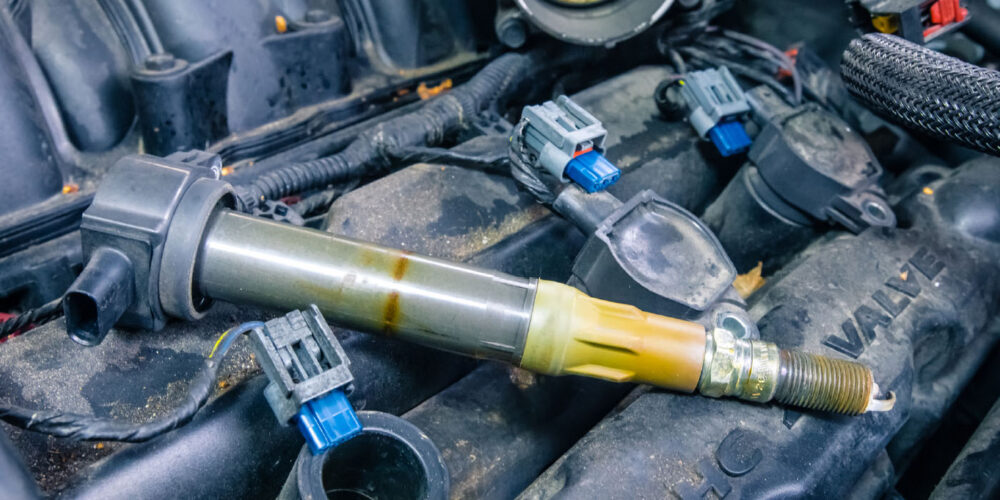General Motors offers the following technical service bulletin that covers intake manifold inspection/replacement after severe internal engine damage.
When replacing an engine due to internal damage, extreme care should be taken when transferring the intake manifold to the new Goodwrench service engine long block. Internal damage may result in the potential discharge of internal engine component debris in the intake manifold via bent, broken or missing intake valves.
After removing the intake manifold from the engine, the technician should carefully inspect all of the cylinder head intake ports to see if the valve heads are still present and not bent. Usually when the valve heads are missing or sufficiently bent, internal engine component debris will be present to varying degrees in the intake port of the cylinder head.
If this debris is present in any of the cylinder head intake ports, the intake manifold should be replaced. This replacement is required due to the complex inlet runner and plenum configuration of most of the intake manifolds, making thorough and complete component cleaning difficult and nearly impossible to verify complete removal of debris. Re-installation of an intake manifold removed from an engine with deposits of internal engine component debris may result in the ingestion of any remaining debris into the new Goodwrench service engine. This may cause damage or potential failure to the new service engine.
Technical service bulletin courtesy of Mitchell 1.
For more information on Mitchell 1 products and services, automotive professionals can log onto the company’s website at www.mitchell1.com.














